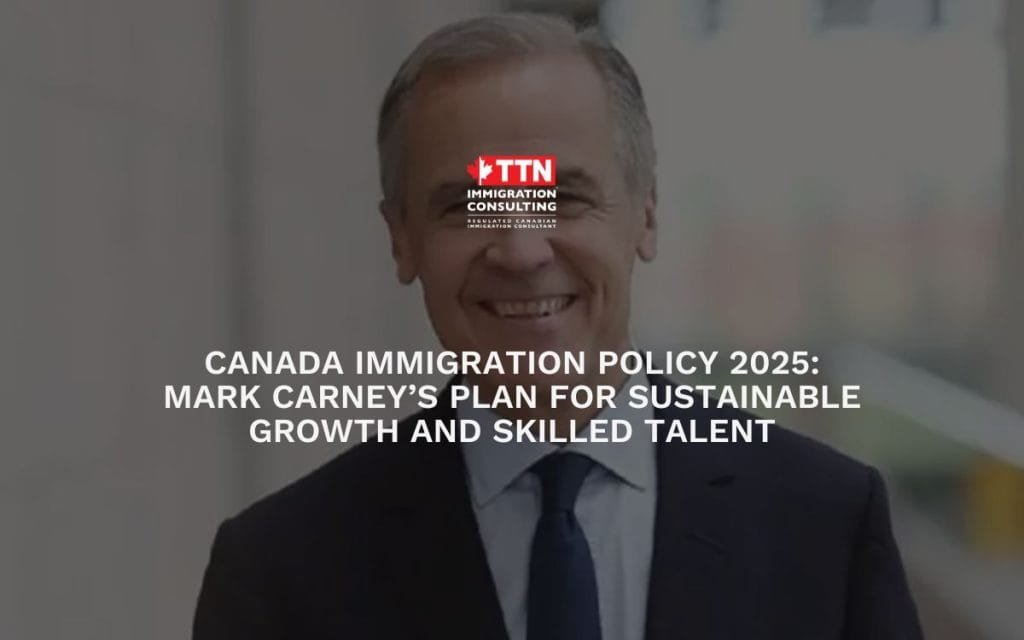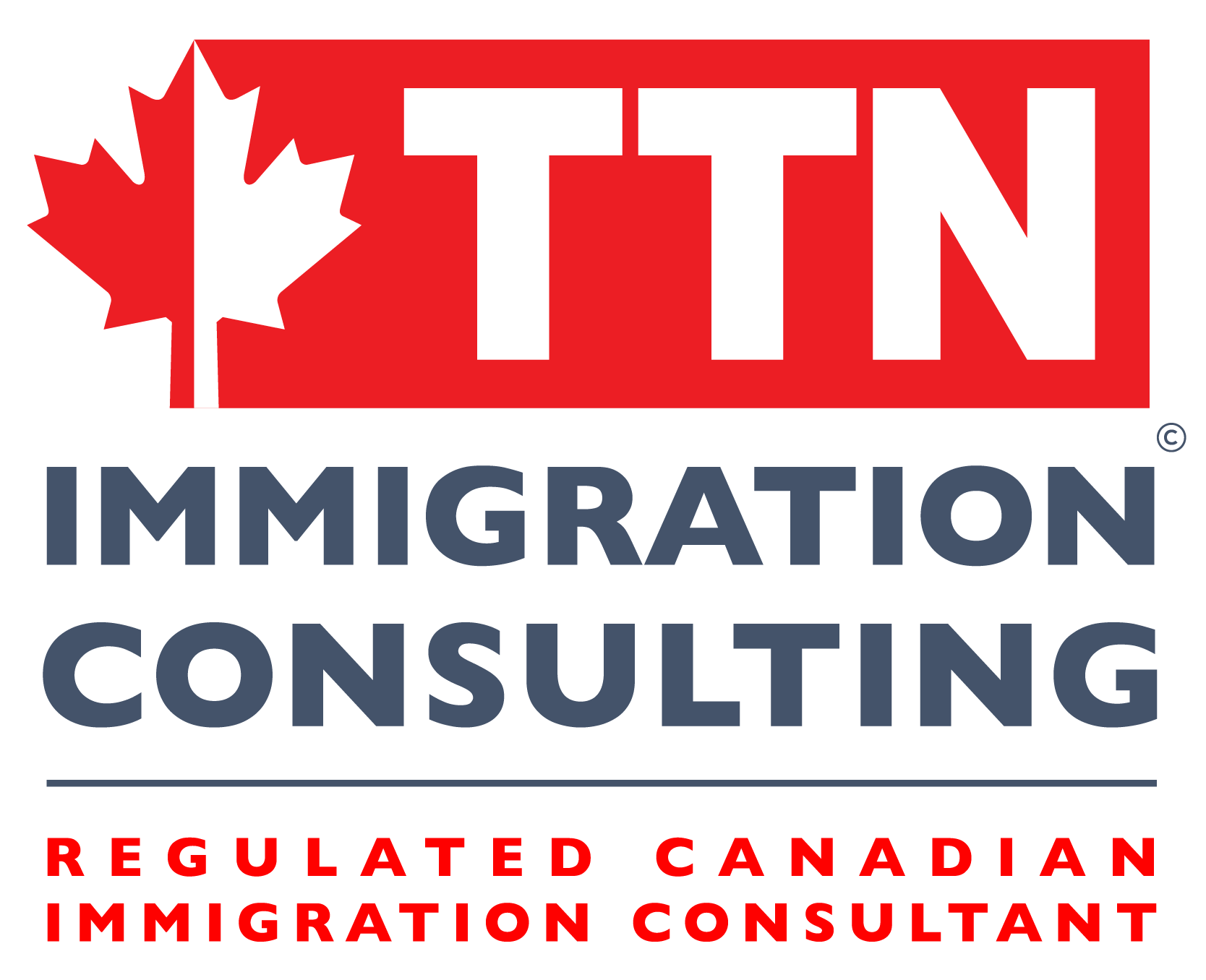Canada Immigration Policy 2025: Mark Carney’s Plan for Sustainable Growth and Skilled Talent
Canada’s new Prime Minister, Mark Carney, has just issued a letter of direction to his cabinet ministers, re-emphasizing the priorities for the direction of Canada’s immigration policy in the coming time. These adjustments are aimed at ensuring that the immigration system operates more sustainably, while still attracting global talent to serve economic growth.

Prime Minister Mark Carney's immigration policy goals
According to the directive letter, there are two central goals set for the immigration system:
- Bring total immigration to sustainable levels
- Attracting high-quality global talent to support economic development
This is one of the seven top strategic priorities of the Canadian federal government in its new term.
What is a Mandate Letter?
The directive letter is an official document sent by the Prime Minister to cabinet members, clearly stating the goals and directions that ministries and agencies need to implement. In the current context, this letter has the meaning of reorienting Canada's entire immigration strategy in the post-pandemic and housing crisis period.
Adjust immigration levels to “sustainable” limits
Prime Minister Carney reiterated his commitment to reducing overall immigration levels – specifically bringing the number of new permanent residents each year to below 1% of Canada’s population. This reflects the Liberals’ commitment to reducing pressure on housing, health care and public services.
Canada Immigration Levels Plan 2025–2027
According to the 2025–2027 Immigration Levels Plan released by Citizenship and Immigration Canada in October 2024, the specific annual immigration targets are as follows:
- 2025: 395,000 permanent residents
- 2026: 380,000
- 2027: 365.000
With Canada's population expected to reach 41.5 million by 2025, these figures are all below 1% of the total population – in line with the government's "sustainability" guidelines.
Orientation to attract global talent
In addition to streamlining the number, the Canadian government also aims to improve the quality of immigration by redesigning the system to attract highly skilled workers, especially in strategic sectors.
Update on Global Skills Strategy (GSS)
The GSS is a fast-track work permit program for highly skilled foreign workers, typically processed within two weeks. The government plans to expand and update the program to support:
- Fast growing business
- High-tech startups
- Businesses in key industries such as artificial intelligence, clean technology, infrastructure construction
Federal-provincial cooperation to recognize international degrees
The letter also outlines plans to work with provinces and territories to accelerate the recognition of international qualifications and work experience, helping immigrant workers more quickly integrate into the Canadian labour market.
Policy Context: Continuing from Trudeau – Marc Miller
The current changes are not sudden but are a continuation of immigration policy adjustments under Prime Minister Justin Trudeau, made by former Immigration Minister Marc Miller.
Under pressure from the housing crisis and rising living costs, the previous government introduced a series of measures to tighten both temporary and permanent immigration.
Some notable measures include:
- Reduce the number of study permits and work permits issued each year
- Temporary suspension of low-wage LMIA applications in areas with unemployment rates of 6% or higher
- Focus on processing immigration applications of candidates already in Canada
- Limiting Open Work Permits for Family Members
- Updated Post-Graduation Work Permit (PGWP) Criteria, Adds Field of Study and Language Requirements
- Eliminate bonus points for having pre-arranged employment in the Express Entry system
- Create a separate immigration stream for technical workers and the construction industry
Conclusion: Canadian immigration policy is entering a period of “strategic refinement”
The Mark Carney government is comprehensively reshaping Canada's immigration system, with the aim of reducing pressure on society while ensuring the ability to attract and retain high-quality talent. This is an important step to help Canada's immigration system become more sustainable, effective and better adapted to the practical needs of the economy.

